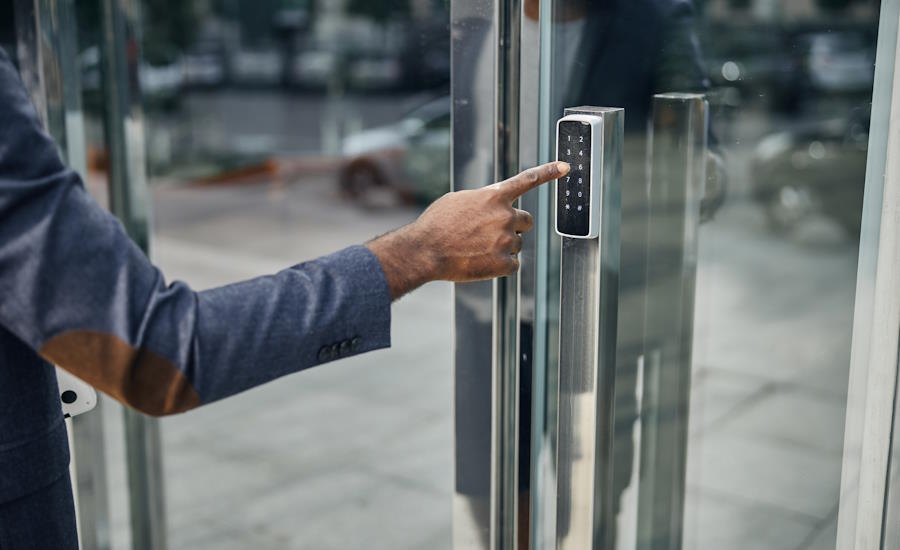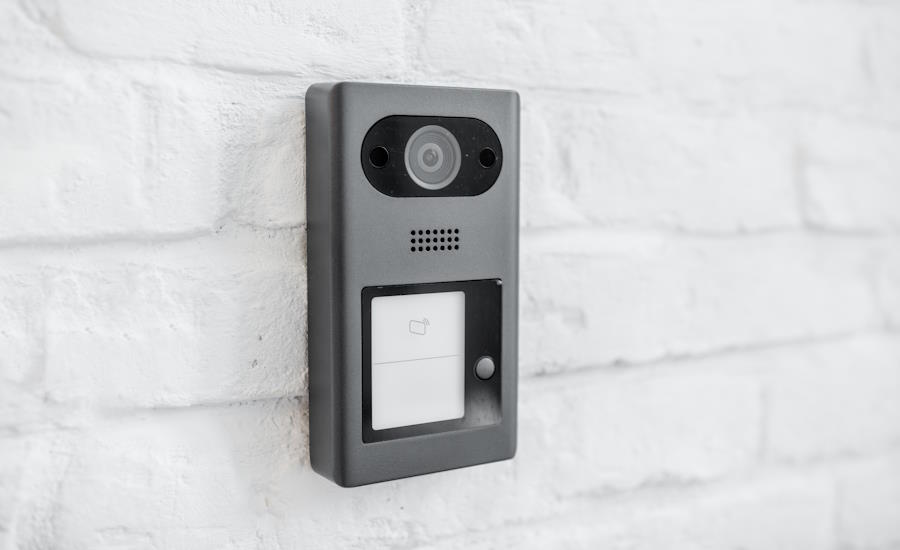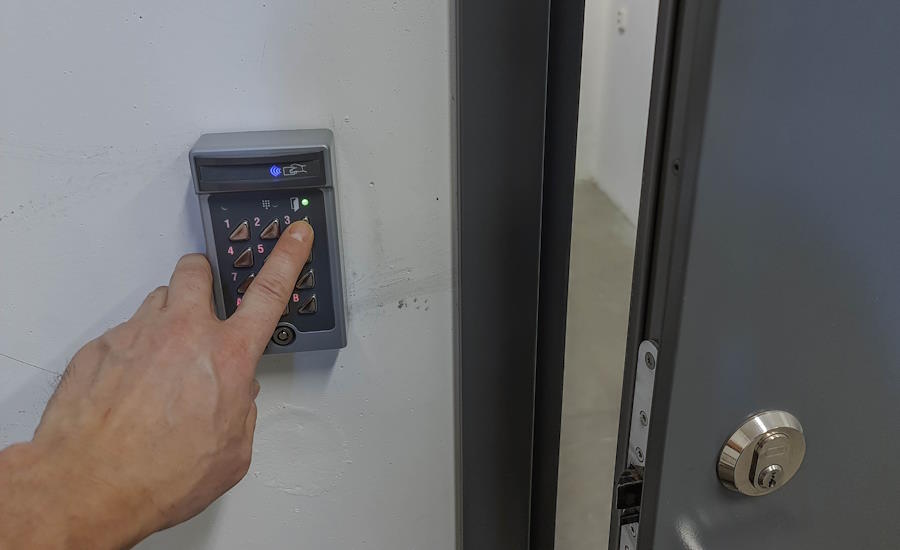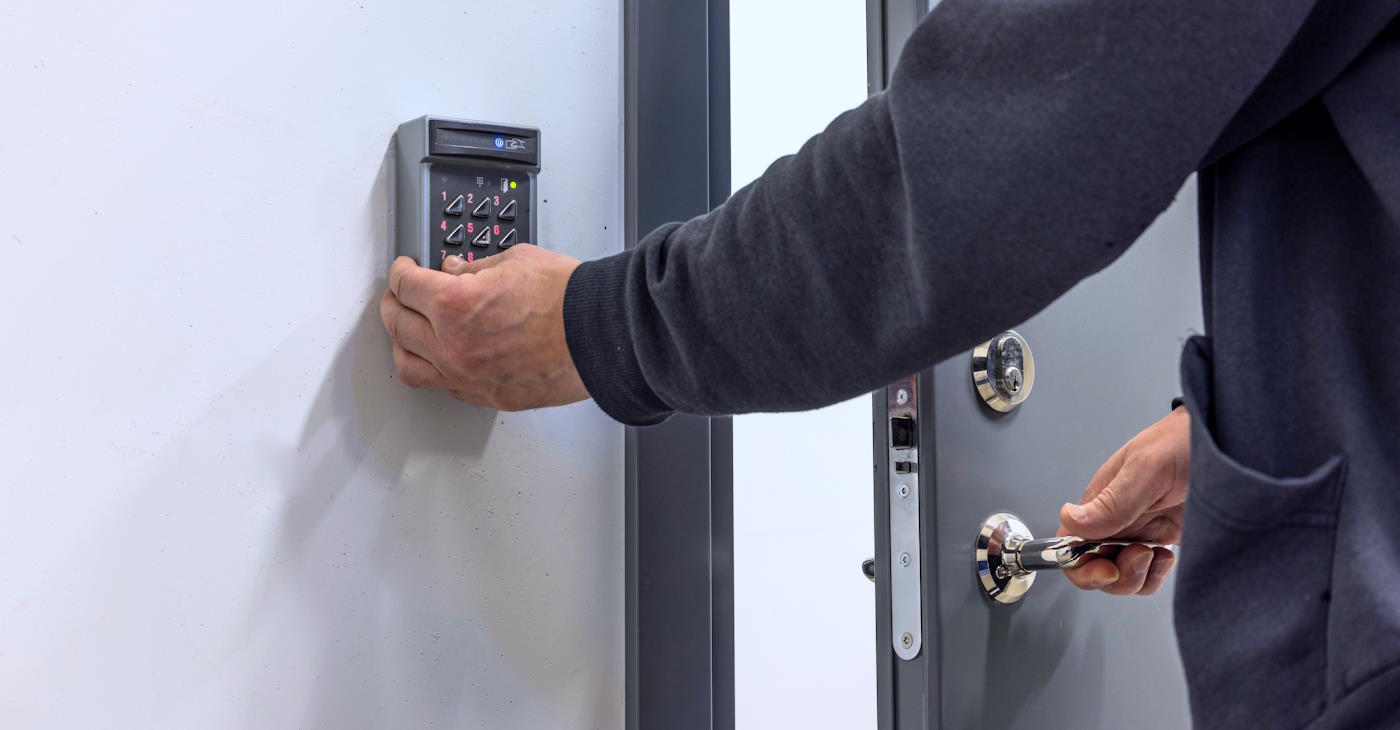Digital access control in buildings offers a host of advantages that significantly enhance security, convenience, and regulatory compliance. Unlike traditional locks that rely on physical keys—often easy to lose, copy, or forget—digital systems provide centralized management of entry permissions. This makes it straightforward to add or remove individual access rights in real time, which is especially beneficial for large facilities or organizations with high turnover. Moreover, digital access control systems also work to maintain detailed audit trails, enabling facility managers or security teams to track every entry and exit with pinpoint accuracy. Such data can be crucial for complying with safety, labor, or environmental regulations. From a risk management perspective, digital solutions simplify emergency procedures: in critical situations, all doors can be locked or unlocked remotely, ensuring swift evacuation or containment. Additionally, digital credentials—whether stored in RFID badges or mobile apps—are hard to counterfeit, thereby enhancing overall building security.
In this article, we will take a comprehensive look at how access control systems work for doors and passages, the very core concepts behind them, their various types, common use cases, and how they compare to traditional locking systems. And, we will also explore some historical background on when these systems were first introduced, is it 10 years ago? 25 years? 50? Stay tuned and continue reading below.
What’s an access control system for doors and passages?
An access control system for doors and passages is a coordinated set of hardware and software technologies designed to regulate and monitor who is permitted to enter or exit specific areas within a building. In principle, these systems operate by authenticating a user’s credentials (such as an RFID card, biometric marker, or mobile app token) before granting entry. The door is typically equipped with an electronic locking mechanism, wired or wirelessly connected to a control unit. When valid credentials are presented, the control unit sends a signal that releases the lock, allowing the door to open. In advanced implementations, the system can also record who entered, at what time, and for what purpose, all of which can be retrieved for security audits or compliance reporting. According to several white papers in the physical security domain, modern access control solutions often integrate with HVAC, fire safety, and video surveillance systems to provide a holistic building management framework.

The 3 types of access control in these systems & how they work
In both the academic and industry field, access control models are typically classified into three primary categories:
Discretionary Access Control (DAC)
The owner or administrator of the secured area determines who can access it. This model is more flexible but can be prone to human error or oversight, as permissions are often granted on an individual basis.
Mandatory Access Control (MAC)
Permissions are strictly regulated by a central authority based on classification levels. This model is common in government or military environments where data and physical security are extremely critical, and users themselves cannot modify permission settings.
Role-Based Access Control (RBAC)
Access rights are assigned according to roles within an organization. Users inherit the permissions of the role(s) assigned to them, making it more efficient to manage large groups of employees or contractors without individually editing each user’s privileges.
All three types rely on fundamental mechanisms of identification, authentication, authorization, and audit. Once a user (or a device) presents credentials, the system validates their identity (authentication) and checks a database to confirm their permission level (authorization). If permitted, the system will grant access. Simultaneously, the event is logged for future review (audit). Large enterprise solutions frequently incorporate layered verification (like a PIN code plus an RFID badge) to reduce the likelihood of unauthorized entry.
Where access control are used?
Access control systems for doors and passages are found in a wide variety of environments. Office buildings and corporate campuses use these systems to safeguard proprietary information, restricting access to data centers or executive suites. Industrial and manufacturing facilities rely on automated access management to secure production floors, warehouses, and laboratories handling sensitive materials. In residential settings, upscale apartment complexes may offer tenants keyless entry systems for added convenience. Healthcare facilities, such as hospitals and research labs, are particularly reliant on electronic access control to comply with strict patient privacy and safety regulations. Moreover, automotive and infrastructure sectors (for instance, car manufacturing plants or transportation hubs) use these systems to secure critical operational areas and ensure only authorized personnel can enter. Even educational institutions are increasingly adopting digital access solutions for dormitories, classrooms, and research labs, providing a controlled yet flexible environment for students and staff.
Advantages against regular locking systems
Traditional locking systems that use physical metal keys have served a foundational role in building security for centuries. However, they come with several drawbacks. Physical keys can be easily misplaced, duplicated without authorization, and offer minimal traceability—once a key is lost, it is difficult to know who might use it. Changing the locks can become an expensive and time-consuming endeavor, especially in large facilities. In contrast, digital access control systems allow administrators to remotely revoke or grant access rights, significantly reducing security risks and logistical burdens. For instance, if an employee leaves the company, their digital credential can be deactivated immediately, eliminating the need to collect a physical key. These systems also provide detailed logs of every entry attempt, which can be invaluable for conducting investigations or meeting compliance requirements. Furthermore, advanced encryption techniques used in digital credentials make them far more resistant to forgery compared to traditional keys.
Take part of all the advantages you too! Invest in an access control system from Scantron! Smart, safe and digital entry for buildings. In their assortment you’ll also find Intercom systems and digitaly connected postboxes!

Real world example
An illustrative example of access control is a hospital’s secure medicine storage area. Only authorized medical staff—doctors, pharmacists, and certain nurses—are granted permission to unlock the storage cabinet. When an individual attempts entry using their hospital-issued ID card or fingerprint scan, the access control system verifies their identity. If the user’s role meets the requirement, the cabinet door unlocks, and the system logs the event. This not only restricts access to controlled substances but also enables the hospital’s administration to monitor and audit every interaction with the secured contents, helping to ensure compliance with healthcare regulations. Similarly, in high-tech offices, server rooms often use multifactor authentication, requiring both a smart card and a personal identification number before granting entry.
What types of digital access control systems are there?
Several technologies enable access control in buildings:
RFID badges
Rely on radio-frequency identification. They are common in corporate environments and can be encoded with various levels of access for different areas.
Key cards
Similar in function to RFID badges but often include magnetic strips or embedded chips. They are widely used in hotels and workplaces.
Mobile phone apps
Allow users to unlock doors via Bluetooth or NFC, often through cloud-managed platforms. This approach provides convenience since most individuals carry smartphones.
Biometric systems
Use unique physiological or behavioral characteristics like fingerprints, facial recognition, or iris scans. They offer high security, as biometrics are significantly more difficult to replicate than physical keys.
PIN-pads or keypads
Require a numeric or alphanumeric code. This is considered a simpler form of electronic control, although it can be combined with other methods for stronger security.
While there is no universal “best” type—because each environment demands its own risk-based assessment—RFID and key card systems remain the most common in commercial and industrial settings due to their relative affordability, reliability, and ease of integration.

Which system is the most used one?
From publicly available market research and industry surveys, RFID-based card systems stand out as the most prevalent and widely deployed. They provide a good balance between cost and efficiency, and they can easily be integrated with existing building management infrastructure. Moreover, they can store enough data to differentiate between multiple users and permission levels, making them adaptable for large-scale commercial properties. Biometric solutions have been gaining traction, especially in high-security environments, but overall adoption rates still lag behind card-based systems because of higher installation costs, privacy considerations, and the complexity of managing biometric databases.

Trivia: First system in use
Historical records suggest that early forms of electronic door control began appearing in the mid-20th century, particularly in research and defense facilities. One of the earliest documented systems was introduced in the 1960s, employing electronic keypads and rudimentary card readers. Large institutions—including government buildings and universities—were the first to adopt these technologies due to high security requirements. As microelectronics and computer technologies advanced through the 1970s and 1980s, access control systems became more compact, reliable, and cost-effective, enabling broader commercial use. By the late 1990s, key card systems had become commonplace, and the door was opened (quite literally) to modern, networked, and increasingly sophisticated solutions.
We summarize – access control systems and how they work
In other words, digital access control systems in buildings are transforming how we regulate and monitor the movement of people and assets. By seamlessly integrating authentication, authorization, and auditing into a unified platform, these systems improve security, streamline operations, and enable robust compliance. Whether in corporate offices, industrial complexes, residential apartments, or specialized sectors like healthcare, the ability to manage entry permissions electronically offers a clear advantage over traditional locks and keys. As technologies like biometrics and mobile apps advance, access control will likely become even more dynamic, customizable, and secure—an essential component for any building seeking a future-proof approach to safety, efficiency, and regulatory compliance.
Don’t miss out! In our next and upcoming news article at Euroindustry.net, we’ll cover the area regarding the EN standard EN 1627, which related to resistance classification towards both doors and windows and the like.

